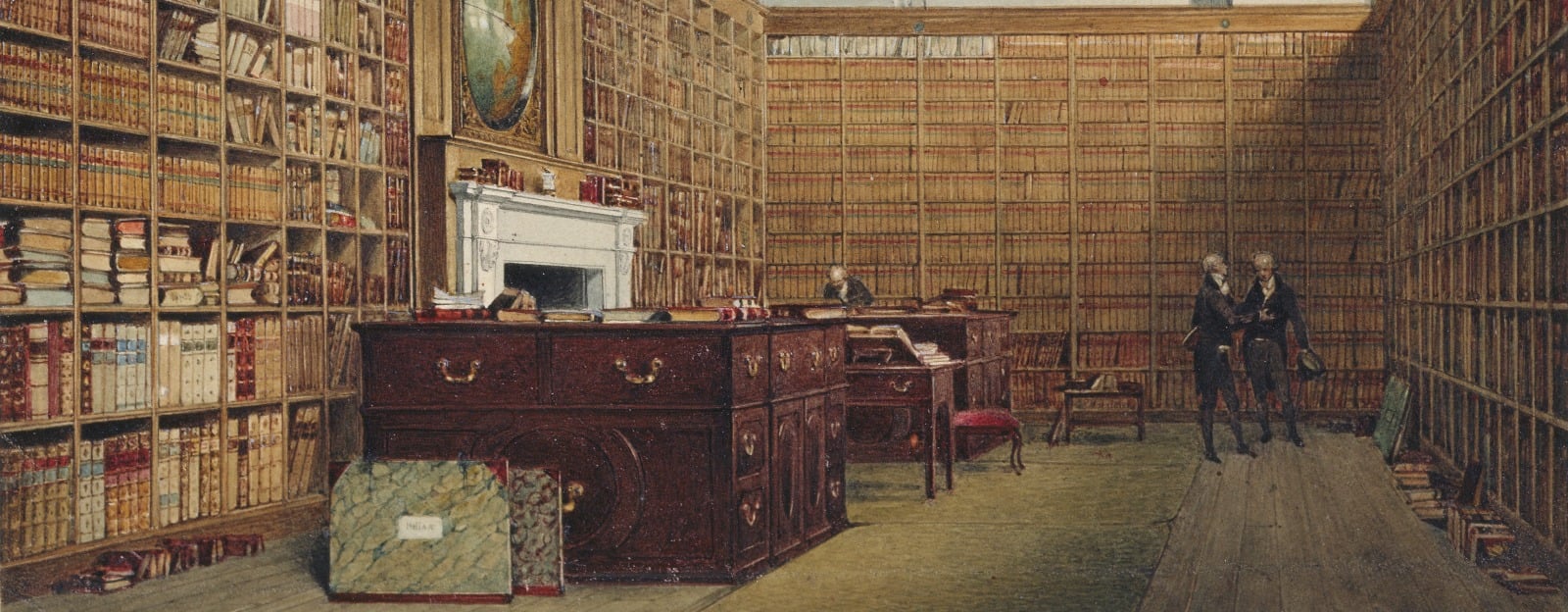
The Libraries of George III
George III was a keen bibliophile
JOHN FLAMSTEED (1646-1719)
Atlas Coelestis
172954.5 x 4.0 cm (book measurement (inventory)) | RCIN 1059272
The Royal Observatory at Greenwich was founded in 1675 by Charles II, and John Flamsteed, a self-taught astronomer well respected by the scientific community, was appointed the first Astronomer Royal in 1675, "for rectifieing the Tables of the motions of the Heavens, and the places of the fixed stars, so as to find out the so much desired Longitude of places for the perfecteing the Art of Navigation". He began to collect data for a new star catalogue, the 'Historia Coelestis Britannica', compiled entirely from telescopic observations of nearly 3,000 stars visible from Greenwich. After a controversial edition was published in 1712 by Edmund Halley (against Flamsteed’s wishes; indeed he managed to collect and burn 300 copies) the final three-volume version was published posthumously by his widow in 1725, followed by this atlas in 1729. It was the largest and most accurate star atlas that had ever been published, and contained two planispheres designed by Abraham Sharp, one of Flamsteed’s protégés in the Royal Observatory, and 25 maps of the constellations, engraved after designs by James Thornhill, the Baroque English history painter. Flamsteed’s atlas was intended to improve upon its predecessors, particularly the 1603 'Uranometria' of Johann Bayer (whose charts presented the constellations from both the back and the front), in its accuracy and consistency of presentation.
Text adapted from 'The First Georgians: Art and Monarchy 1714 - 1760', London, 2014







